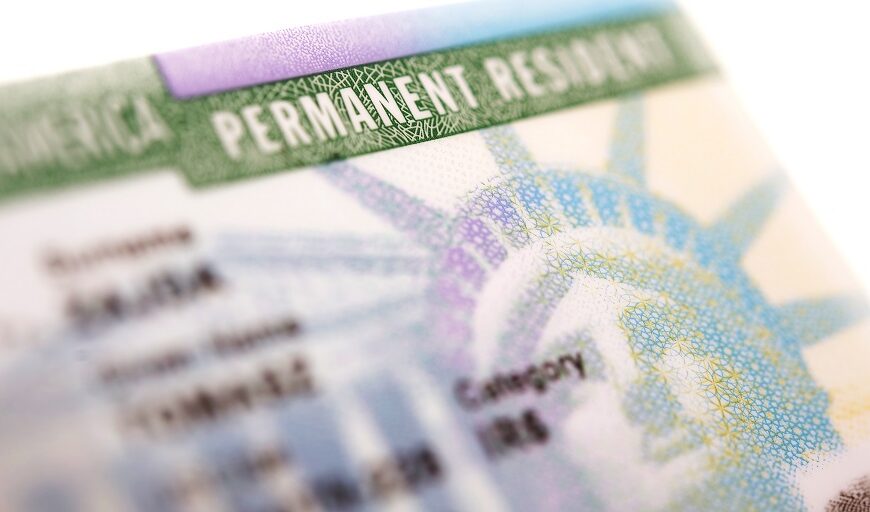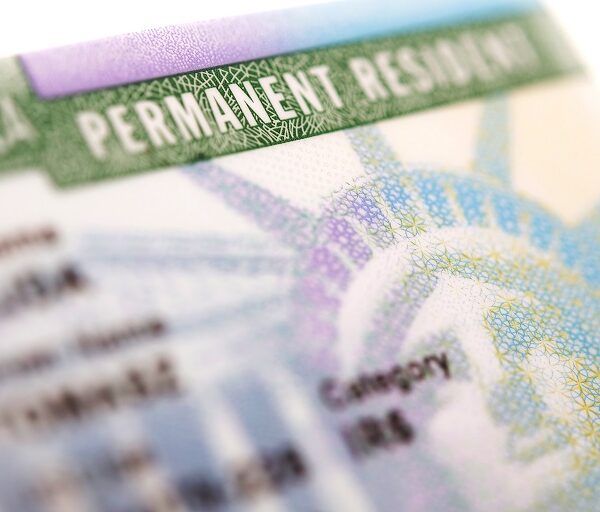Understanding the Complex Challenges in Immigrant Students’ Education
The education of immigrant students stands at a crossroads, influenced by a myriad of factors that shape their learning experiences. As the demographics of the student population continue to shift, particularly in the United States, the educational system must adapt to meet the needs of these diverse learners. Immigrant students often face unique challenges that can hinder their academic success and overall integration into society.
The Unique Needs of Immigrant Students
Immigrant students often come from various cultural backgrounds and may speak different languages, which can complicate their educational journey. Some of the challenges they face include:
Policy Reform: A Vital Component for Improvement
To address these challenges effectively, comprehensive policy reform is essential. Policymakers must recognize the importance of supporting immigrant students through targeted initiatives. Key areas for reform include:
The Role of Educators and Schools
Educators play a crucial role in the academic and emotional well-being of immigrant students. Training teachers to recognize and address the unique needs of these students is vital for fostering an inclusive classroom environment.
Strategies for Educators
To effectively support immigrant students, educators can adopt several strategies:
Advocacy and Community Support
Beyond the classroom, advocacy plays a significant role in addressing the challenges faced by immigrant students. Community organizations, non-profits, and advocacy groups can provide valuable resources and support systems.
Benefits of Community Engagement
Community support can offer several benefits, including:
Conclusion: A Collective Effort for Change
The fight for immigrant students’ education is not solely the responsibility of educators and policymakers; it requires a collective effort from families, communities, and advocates. By addressing the unique challenges faced by immigrant students and implementing thoughtful policy reforms, we can create an educational environment that fosters success and integration.
Investing in the education of immigrant students is not just a moral obligation; it is essential for building a diverse and inclusive society. Each student has the potential to contribute to their community and country, and by providing them with the necessary support and resources, we can empower them to achieve their dreams. The journey towards educational equity for immigrant students is ongoing, and with dedication and collaboration, we can pave the way for a brighter future.







